Having recently acquired quite a few old IBM machines, I’ve been working at getting them all restored and tested. There was quite a variety of machines, from 286’s to Pentiums. However, the ones that interested me the most were the various different 486’s. These weren’t IBM MicroChannel, instead opting for industry standard ISA ports. That means it’s quite a bit easier to swap parts in and out of them
This particular beast is the PS/ValuePoint 433DX/Si. Just rolls off the tongue, doesn’t it? The ValuePoint series was IBM’s answer to the “IBM-Compatible” market. It’d be an article in and of itself to explain what was happening, but the short answer is that other manufacturers were beating IBM at its own game. The PS/2, while a hit with businesses, was very expensive and contained what was essentially a proprietary bus interface (the aforementioned MicroChannel). In the home and small business market, consumers couldn’t afford the PS/2. Companies like Compaq and Packard Bell swooped in and serviced that clientele. IBM wanted back in.
Enter the PS/ValuePoint series. Released in 1992, the ValuePoint used industry standard parts and attempted to be more price competitive. I say “attempted” because they were still an IBM product. Much like the Apple of today, generally another company offered the same parts for less money. You paid for the name.
So are these bad machines? Let’s find out!
The Specs:
- Intel i486DX @ 33Mhz
- 24MB of EDO RAM
- 250MB IDE Hard Drive
- Creative SoundBlaster 16 w/CD-ROM header
- Creative 8X Speed CD-ROM Drive
- 3Com 10/100 Ethernet
- MS-DOS 6.22 and Windows 3.1
A couple of notable things about those specifications. First, the 486 is the DX model. This means that it had a built-in math co-processor. The RAM was actually 8MB when I started and I added the additional 16MB because I wanted to test a few demanding programs that needed the memory.
The 486 processor is soldered onto the board; however, there is a socket on the motherboard for an overdrive chip. This predates the actual “Overdrive” moniker, but it essentially allows the installation of a CPU that shuts off the on-board processor and takes over. At some point, I plan to test that functionality. However, let’s see what this thing can do close to stock.
Impressions
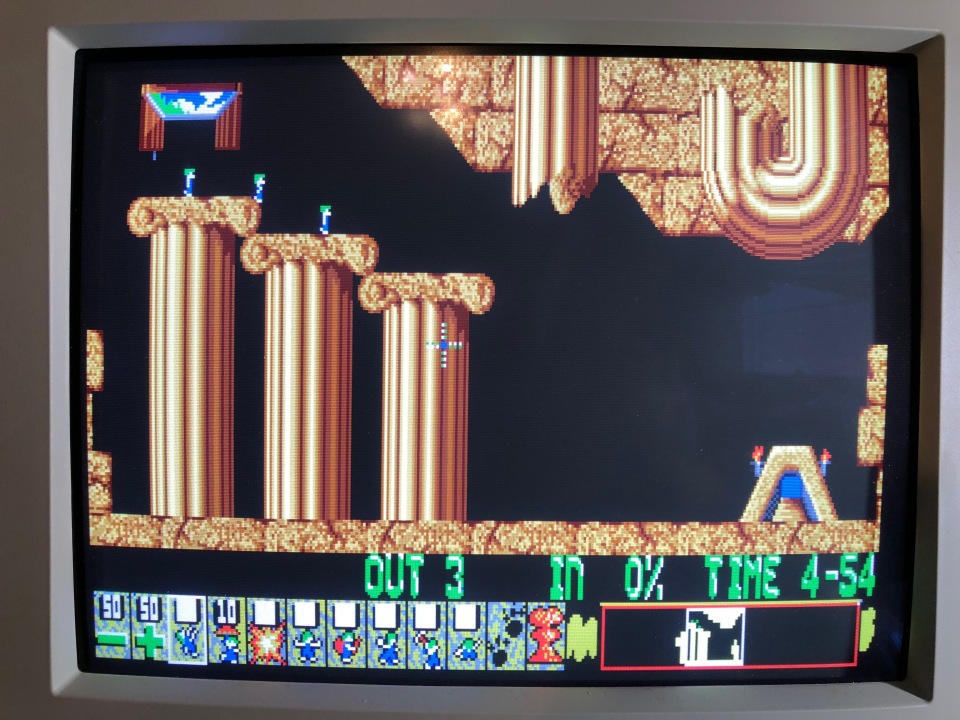
To start, I loaded up Lemmings. There should be no surprise that this ran flawlessly. I didn’t test the “High Performance” mode, but the standard VGA mode ran without fault and was nice and speedy.
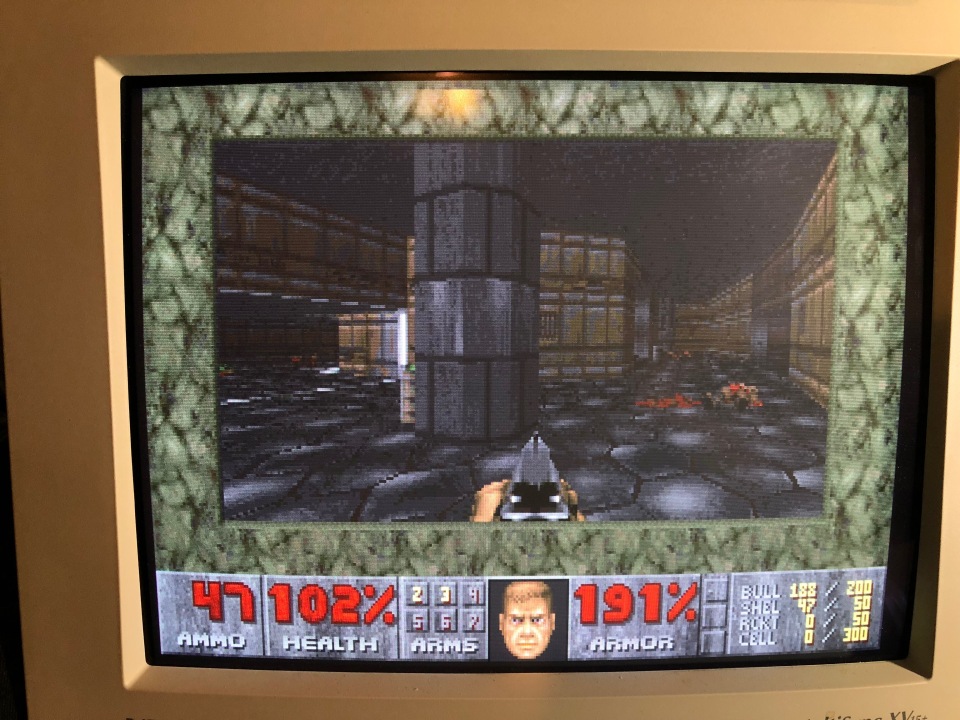
Next up was Doom. As you’ll notice in the screenshot, I had to reduce the screen size somewhat to make this run a bit faster. It actually ran at full screen, but once there were multiple enemies on screen it started to chug a little. Overall, though, I was happy with the performance and would have been more than content playing like that at the time.
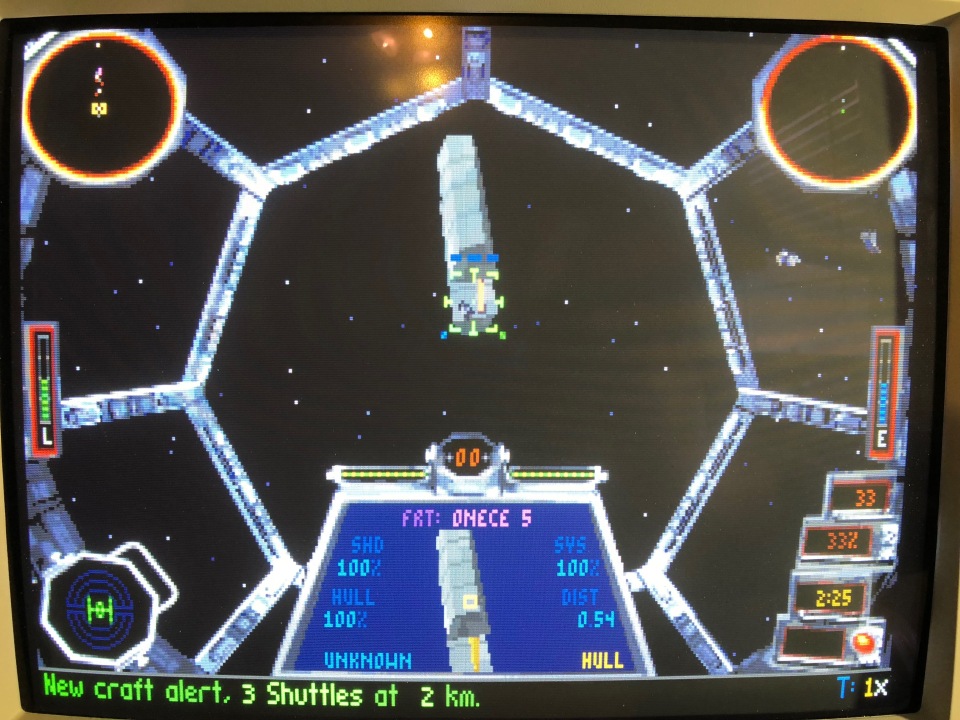
The next test was TIE Fighter (the DOS version). I’m not going to lie…I was probably one of five people that preferred the 1998 release due to the updated graphics. I realize it doesn’t have the iMuse soundtrack, but it just “felt” more authentic. But, I digress.
TIE Fighter defaulted to the 640×480 resolution. At that resolution, this game was sluggish. Actually, I’ll take it a step further and say that it was unplayable. However, at the 320×240 resolution, the game actually ran quite nicely. It was very responsive and would be plenty playable long-term.
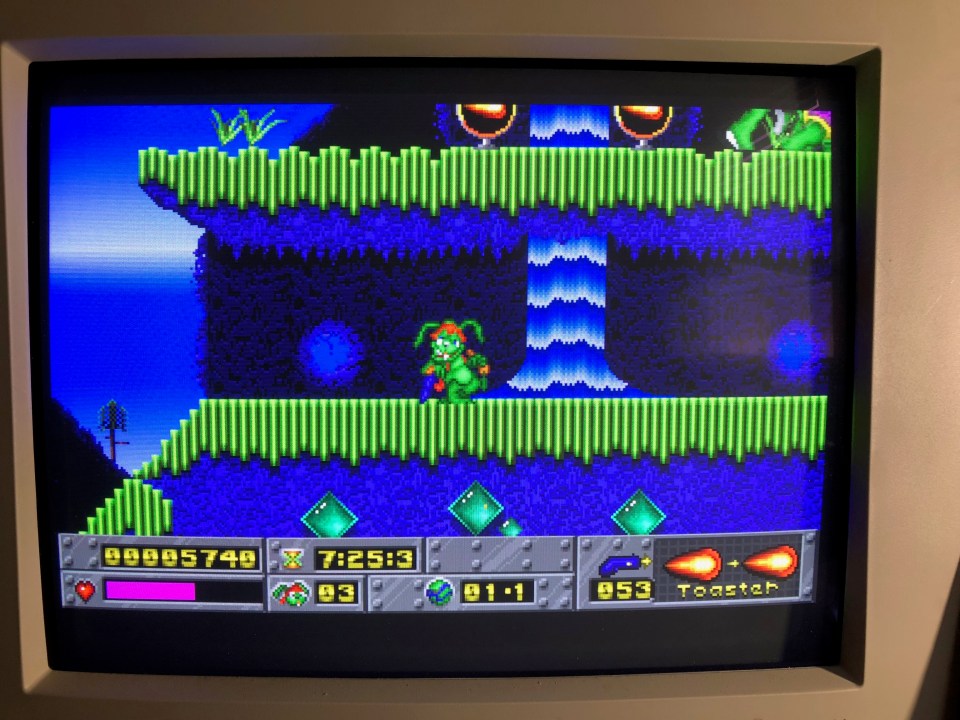
Jazz is dripping with ‘tude.
Do you know what this review is missing? Attitude. Let’s rectify this with a playthrough of Jazz Jackrabbit. He’s got ‘tude enough to spare. Okay, that was painful to write. I don’t know why every anthropomorphic mascot in the 90s had to act like a juvenile delinquent, but that’s a question for another day. Jazz Jackrabbit is a platformer made by Epic MegaGames (the folks behind Unreal). It’s actually a pretty solid platformer and it plays very well here. The “High” setting is actually made for the 486-33, so it was a perfect test. Perfectly playable.
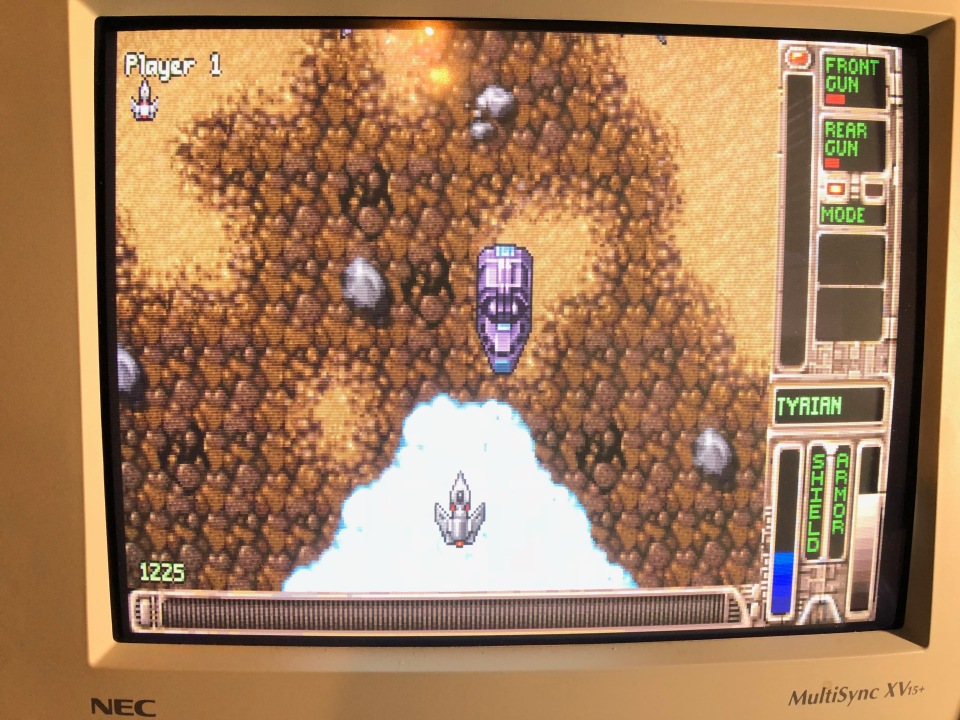
Next up is Tyrian, an excellent vertical shooter (that was also, coincidentally, published by Epic). This game is actually something of a chore to get to run on newer systems, as there seems to be some speed barrier that, once exceeded, causes runtime errors. My understanding is that it was a limitation with the TurboPascal compiler used. Anyway, this game ran beautifully at Medium settings and actually only had hitches here and there on High. Just an aside: if you’ve never played this game, you owe it to yourself to try it. The music is great, the controls are fluid and the graphics are beautiful.
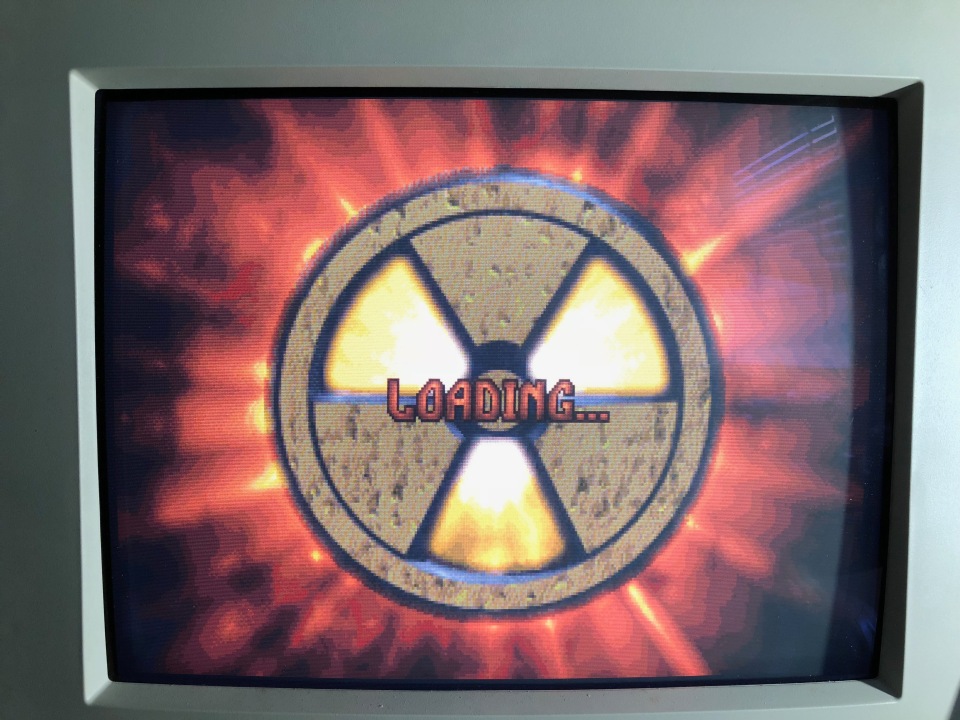
I should have just stopped here…
It was now time to try something stupid. Duke Nukem 3D was released in 1996. Though it may look a lot like Doom, this game has a lot more going on underneath the hood. And boy, does it show. This game is not really playable. I was able to get it to load up after awhile, and moving around is somewhat okay. However, once you get any activity on the screen, it becomes sluggish and irritating. I tried at all sorts of different screen sizes. On the smallest ones, it was probably adequate for some people. I found it to be too slow to play. Fail.
Final Thoughts
Overall, I really liked this machine. I doubt I would have paid the IBM price at the time, as there were better value options available. The machine looks a little plain, and the case has become somewhat brittle with age, though that’s easily fixed with a melting gun and some epoxy.
As mentioned earlier, I do have some additional plans for this system. I’m going to test this out with an OverDrive processor and see if that makes any difference with Duke Nukem. I also want to see if the resolution on TIE Fighter can be increased that way.
However, I do think it’s important to note that the 486-33 is actually a very capable processor for retro-gaming. A lot of fuss is made about the 486-66, and for good reason, but have you seen the prices of those machines these days? On eBay, I regularly see 486-66 VLB machines listed at upwards of $300. The 486-33 is a much better value proposition these days. It’s kind of like the comparison between Super Socket 7 boards and Slot 1 boards. Overall, the SS7 stuff is just way overpriced.
If you’re looking into starting out in retro-computing, I would highly recommend a 486-33 system. If you get one with an OverDrive port, you can even take the machine to 100Mhz down the line. You’ll likely be giving up VLB (VESA local bus), which might sting a bit in the graphics department, but you’ll save money and have a plenty capable system, to boot.
So, what do you think of the ValuePoint 433? What are some games you’d like to see demoed on these older systems? Let us know in the comments!





Mañana recogeré uno de estos. Un amigo me lo a regalado. Tengo muchas ganas de probarlo 🙂 interesante artículo. Felicidades.
LikeLike
Hi Cody, nice system, thanks for the pix. Could you tell me what the video ram extension chips are? I have a Valuepoint 486sx/25 and it didn’t come with any and I’m trying to chase down what it needs for them.
LikeLike
Sean, sorry I didn’t see this earlier. I’m not sure if you’ve already tracked these down, but I believe the part you’re needing is labeled “MB81C4256A-70p”. It appears to just be a generic fast page RAM DIP. I’ve got a total of 1MB (all four DIPs populated). A quick Google search shows this chip should be cheap and available. Hope this helps!
LikeLike